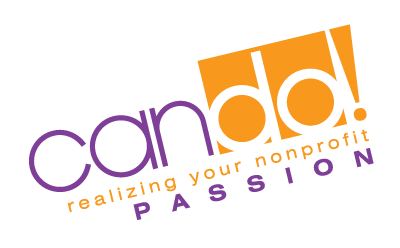Creating an Agenda
The simplest way to ensure that board meetings are spent productively carrying you forward to meet your goals, is by outlining an agenda and redirecting to that agenda when you notice people getting off topic. The Board President and Executive director should connect to establish agenda items, and follow a standard agenda template (illustrated below).
Board Meeting Agenda Template
ORDER OF BUSINESS (stated in bylaws)
- Roll Call for quorum
- Read Vision and Mission Statements
- Approval of the Minutes of the preceding meeting
- Reports of Committees
- Report of Executive Director
- Reports of Officers
- Old and Unfinished Business
- New Business Items
- Announcements and Adjournments
As we have determined, crafting the agenda is the single most important element of facilitating a productive nonprofit board meeting.
Establishing a Quorum
A quorum refers to the minimum number of nonprofit board members that must be present at any meeting to validate and implement the proceedings. Each state sets a quorum as a majority of voting board members. Some allow a quorum to be as low as one-third of the board, but it is important to familiarize yourself with the exact standards of procedure in your state. These laws often include other important information, such as the particulars about proxies/delegation of authority to vote. The established quorum should be included in your bylaws, along with your organization’s mission or vision statement.
Reading Mission/Vision Statements
All decisions by the board must be guided by the organization’s mission statement. The mission statement is the core value (or nucleus) around which a nonprofit functions, so every action-oriented goal must ultimately support this mission in some way. The mission statement should be the common thread in all messaging and marketing, communications, and community relations.
Reading the mission statement at the beginning of each board meeting 
Taking Meeting Minutes
Board meeting minutes record the board’s actions and decisions, functioning as a legal record, template for future board meeting agendas, and strategic planning device for utilizing time and resources more efficiently in the future. This historical log of decisions is crucial for upholding your nonprofit’s legal requirements, and protecting your organization from any legal issues that may arise. All minutes should be sent out to board members following each meeting in order to be approved and officiated as record.
Minutes illustrate that your nonprofit followed procedures, complied with state law, and obeyed established bylaws in alignment with the mission statement. In general, meeting minutes should include:

- The date, time, and location of meeting
- Type of meeting
- List of attendees, including names and titles of nonvoting attendees and their reasons for attending
- When the meeting was called to order and when the meeting was adjourned
- A record of motions, seconds, and whether or not the motions passed
Just as important as knowing what to include in your meeting minutes, is what not to include. Because minutes function as a legal record, it is essential that they do not inadvertently include any information that may misrepresent or tarnish the reputation of your organization. Examples of this are:
- How individuals voted or particular board members’ opinions
- Personal or off-the-record conversations
- Extraneous or irrelevant details
- Personal opinions or interpretations of the minute taker
Meeting minutes should be written in an objective voice, proofread upon completion, and securely shared with board members. Minutes can be shared with prospective sponsors, donors, and other funders, and should not be underestimated in their importance as a display of organizational efficiency and competency.
Nonprofit Board Meetings Should Carry Your Organization Forward
One of the most useful points of advice for any endeavor can be summarized as: keep iterating forward. Board meetings are a crucial part of establishing forward momentum towards meeting your nonprofit’s goals. Fulfilling a nonprofit’s mission statement is akin to a for-profit entity meeting its goals for financial growth.

A board’s role in a nonprofit is strategic. Each task implemented by the board supports the completion of projects which should ultimately achieve the organization’s mission statement. In other words: board meetings are the conveyor belt upon which purpose becomes action becomes fulfillment-of-purpose. These meetings may seem mundane on the surface, but becoming a strong board meeting facilitator can make or break your organization’s success, cultivate a productive and positive team atmosphere, and help track ways to improve the efficacy of organizational strategy over time.
Remember: nonprofit board members are often people who volunteer their time despite other pressing life demands and responsibilities. These are generous, passionate individuals who are willing to put their best foot forward and offer their most valuable skills and resources, if they are properly supported by a healthy and functional work culture. Board meetings are one way to create this culture, and in many other ways provide both the foundation and framing for your nonprofit’s organizational efforts. Putting in time and effort upfront to be a strong facilitator and make the most of your nonprofit’s board meetings will sow the seeds for future growth.
For more tips on facilitating board meetings, check out our blog: How to Run a Productive Nonprofit Board Meeting.


